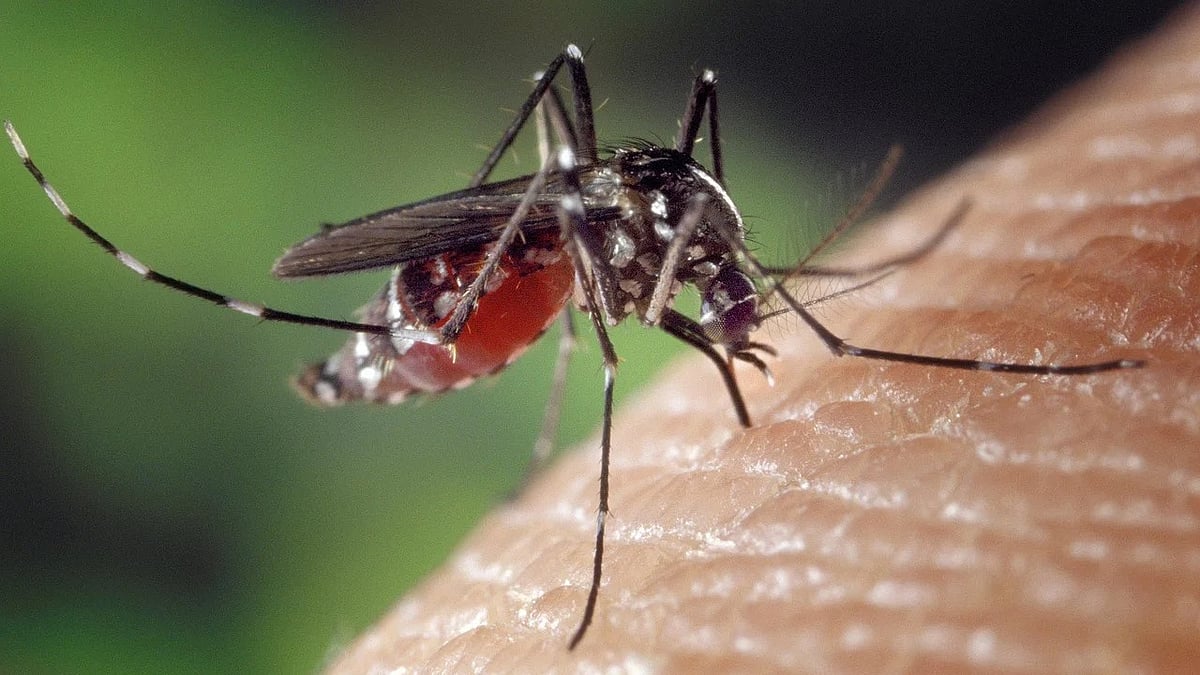Mumbai & China Face Chikungunya Outbreak; City Records 200% Hike In Cases, WHO Expresses Concern
Chikungunya cases in Mumbai rose to 265 from January to July 2025, up from 46 in 2024. Maharashtra reported 1,512 cases this year, a rise from 1,189. China's outbreak has seen around 7,000 infections since June.

Mumbai & China Face Chikungunya Outbreak; City Records 200% Hike In Cases, WHO Expresses Concern |
Chikungunya cases are increasing in Mumbai, with 265 cases reported from January to July this year, compared to just 46 in the same period in 2024. Maharashtra is also seeing a rise, with 1,512 cases this year versus 1,189 last year. The early onset of rains in May has created conditions favorable for the spread of vector-borne diseases, leading to these increases, according to Dr. Daksha Shah, BMC's executive health officer.
China On Chikungunya Outbreak
In addition, China is experiencing a chikungunya outbreak, with approximately 7,000 infections reported since late June. The World Health Organization has expressed concern over the chikungunya situation in South Asia. Chikungunya is caused by the chikungunya virus, which is transmitted through bites from infected female mosquitoes, primarily Aedes aegypti and Aedes albopictus. These mosquitoes are active during the day and can also transmit dengue and Zika viruses. The overall fatality rate is low, but severe symptoms can affect vulnerable populations, including infants and the elderly.
Also Watch:
Symptoms of chikungunya typically include a sudden onset of fever, severe joint pain, muscle pain, headaches, nausea, fatigue, and rashes, which can overlap with those of dengue and malaria. While the infection usually resolves on its own, joint pain can be debilitating and persist for a minimum of three months. Treatment focuses on relieving fever and joint pain, with no specific antiviral medications available. Two vaccines have been approved but are not widely in use.
Chikungunya experiences cyclical and seasonal patterns, with epidemics occurring every four to eight years, most likely after the monsoon when mosquito population density is high. Preventative measures include reducing mosquito breeding sites by managing stored water and wearing long sleeves. Civic authorities in affected areas are using disinfectants, enforcing laws against stagnant water, and deploying drones to target breeding grounds.
In China, the government has responded to the outbreak by implementing preventive actions, including fines for neglecting to eliminate standing water, and efforts are reported to be slowly reducing the number of new cases. Chikungunya poses particular risks to the young, the elderly, and those with pre-existing conditions, necessitating ongoing vigilance and preventive strategies.
RECENT STORIES
-
-
-
-
-